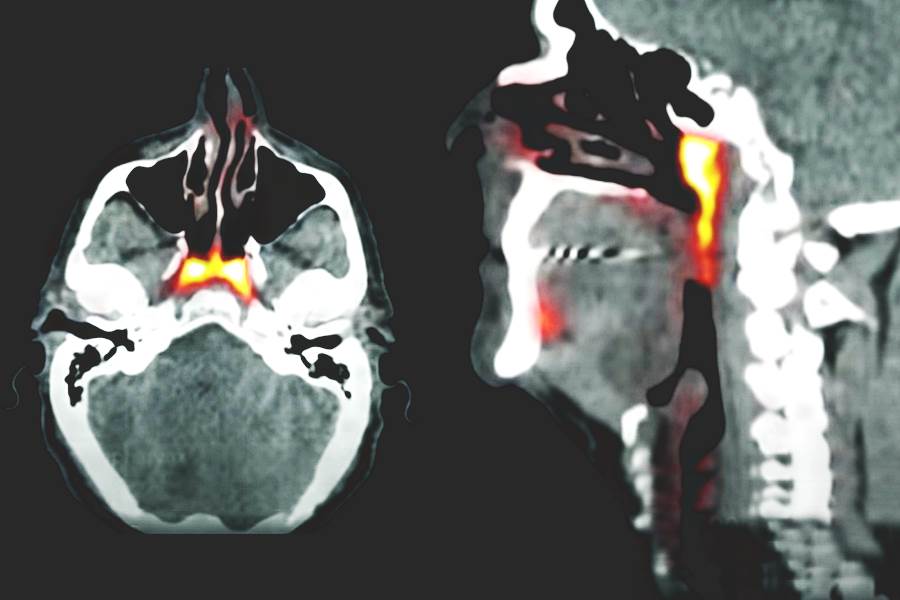A team of doctors from the Netherlands was studying high-resolution brain scans when they stumbled upon a set of previously-undiscovered organs hiding inside the base of the human skull: a fourth pair of salivary glands.
The glands are tucked away up where the top of the throat meets the nasal cavity, The New York Times reports, where they’ve eluded doctors and scientists for centuries. If the discovery is confirmed, it would mark the first pair of new salivary glands discovered in about 300 years.
The team’s research, led by doctors at the Netherlands Cancer Institute and published last month in the journal Radiotherapy & Oncology, is fairly limited. After finding the glands in new medical scans, the team sliced open two cadavers to get a firsthand look. That’s a small amount of data for a “first-in-300-years” discovery, but still intriguing..
The glands are small but visible to the human eye, but the location where they were found under the base of the skull “is not very accessible, and you need very sensitive imaging to detect it,” Dr. Wouter Vogel, one of the study’s authors, told the Times.
The discovery could help explain why patients who receive radiation therapy for cancers in the head or neck region commonly experience dry mouth and difficulty swallowing, Vogel added, noting that because they were not previously detected, “nobody ever tried to spare them.”
Still, some scientists cast doubt on whether they should be considered unique new organs.
Dr. Alvand Hassankhani, a radiologist at the University of Pennsylvania, told the New York Times that there are thousands of small salivary glands in the human head in addition to the three known major glands.
Hassankhani said the Dutch researchers may have simply found a better way to image the minor glands than was previously known.





